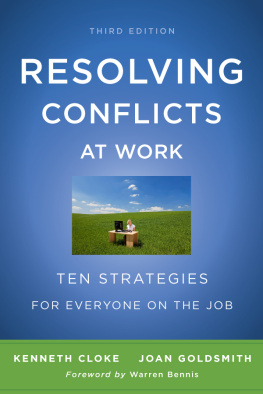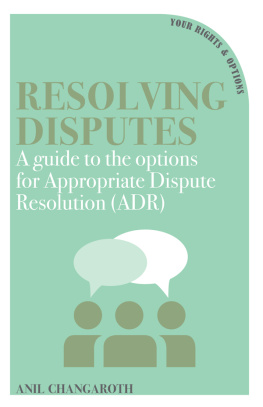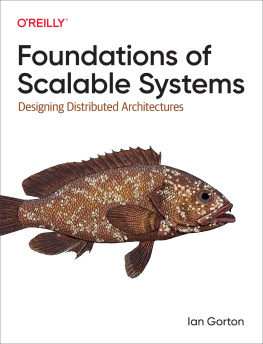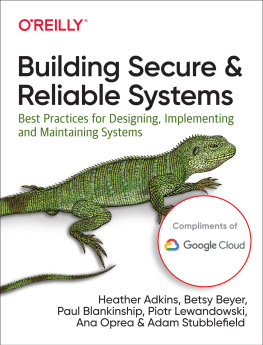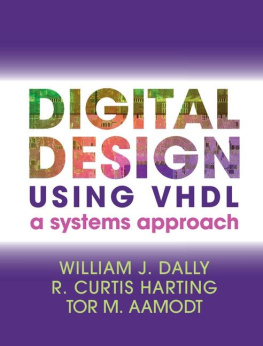DISPUTE SYSTEM DESIGN
Preventing, Managing, and Resolving Conflict
Lisa Blomgren Amsler
Janet K. Martinez
Stephanie E. Smith
STANFORD UNIVERSITY PRESS
Stanford, California
Stanford University Press
Stanford, California
2020 by the Board of Trustees of the Leland Stanford Junior University. All rights reserved.
No part of this book may be reproduced or transmitted in any form or by any means, electronic or mechanical, including photocopying and recording, or in any information storage or retrieval system without the prior written permission of Stanford University Press.
Special discounts for bulk quantities of this book are available to corporations, professional associations, and other organizations. For details and discount information, contact the special sales department of Stanford University Press. Tel: (650) 725-0820, Fax: (650) 725-3457
Printed in the United States of America on acid-free, archival-quality paper
Library of Congress Cataloging-in-Publication Data
Names: Amsler, Lisa Blomgren, author. | Martinez, Janet K., author. | Smith, Stephanie E., author.
Title: Dispute system design : preventing, managing, and resolving conflict / Lisa Blomgren Amsler, Janet K. Martinez, and Stephanie E. Smith.
Description: Stanford, California : Stanford University Press, 2020. | Includes bibliographical references and index. Identifiers: LCCN 2019019671 (print) | LCCN 2019021740 (ebook) | ISBN 9781503611368 (electronic) | ISBN 9780804771764 (cloth : alk. paper)
Subjects: LCSH: Dispute resolution (Law) | Conflict management.
Classification: LCC K2390 (ebook) | LCC K2390 .A97 2020 (print) | DDC 347/.09dc23
LC record available at https://lccn.loc.gov/2019019671
Cover design: Rob Ehle
Text design: Kevin Barrett Kane
Typeset by Newgen in 11/14 Minion
My deepest love and gratitude for my husband, Jesse Martinez (19412014), for sharing with me a life of study and contribution
JGM
To my husband, Terry Amsler, in gratitude for his inspiration, support, and enduring love
LBA
To my husband, Ted Radosevich, for his continuing love and support and for never giving up
SES
CONTENTS
ACKNOWLEDGMENTS
We thank the many wonderful people who have helped us along the way in writing this book.
Janet Martinez
In transitioning from legal practice to academia, I benefited from many colleagues who shaped my thinking about dispute system design (DSD). At Harvard Law School, Abe Chayes and Antonia Handler Chayes introduced me to international dispute resolution; serving as research director for their book, The New Sovereignty, opened a window into DSD. Howard Raiffa, Jim Sebenius, and Mike Wheeler and the Negotiation Roundtable at Harvard Business School provided a teaching group with whom to master a rigorous approach to decision analysis and negotiation pedagogy and practice that is fundamental to conflict resolution. Under the tutelage of Larry Susskind at MIT and the Consensus Building Institute, I acquired the intellectual framework and practice opportunities to engage international DSD through the series of policy dialogues on climate change and international trade. My deepest appreciation goes to my doctoral committeeLarry Susskind, Abe Chayes, Kenneth Oye, and Joseph Weilerfor guiding my research through the lenses of international law and policy, political science, and conflict resolution. This work explored the array of processes used by the World Trade Organization to negotiate treaties on trade policy, undertake national policy implementation, and pursue cross-border policy enforcementwhat became the inception of my work in DSD. Upon returning to California, I joined Maude Pervere and the Gould Negotiation and Mediation Program teaching team at Stanford Law School, where I began teaching a course in system design with Stephanie Smith, a rich collaboration and friendship that led to this book. We are grateful to our students, the many JAMS Weinstein International Fellows who resided at Gould, and our many guests who illuminated system design in practice and whose stories are detailed in many cases in this book.
Stephanie E. Smith
My thanks first go to Phil Heymann, with whom I worked at Harvard Law School when I was a student and thereafter at the Department of Justice in Washington, DC. His wisdom on the strengths and weaknesses of the formal legal system, the impact of public policy on the lives of individuals, and the importance of the responsible use of government power first informed my interest in what became known as DSD. I am also indebted to Magistrate Judge Wayne Brazil, who led the Alternative Dispute Resolution program at the U.S. District Court for the Northern District of California, where I served as the first director, and to Steve Toben, with whom I first worked at the William and Flora Hewlett Foundation, as he shaped and guided the grant making that supported the development of the conflict resolution field. In 1997, I joined the Gould Negotiation and Mediation Program at Stanford Law School to teach negotiation. In 2002, Maude Pervere, then the head of the program, approached me about developing a class with her on DSD, building on my experience as the rapporteur for the Blue Ribbon Commission on Kaiser Permanente Arbitration and my work with the Northern District of California court and other courts in a number of countries on alternative dispute resolution and case management. I am grateful for Maudes leadership and her partnership in developing the DSD Analytic Framework that provides the structure for this book.
In 2008, I began teaching the DSD class with Jan Martinez, who contributed her deep expertise in corporate law, policy analysis, and international treaties and organizations to help the framework evolve further. My final thanks go to our students, who have sparked insights and helped us see the benefit of training lawyers and other professionals to see beyond the litigated case to understand the broader system within which conflicts and disputes arise and the many processes that can be used to address them more effectively.
Lisa Blomgren Amsler (Formerly Bingham)
At the University of Connecticut School of Law, my mentor Peter Adomeit taught me about the system of workplace democracy through labor law. Thanks to training by my partners at Shipman and Goodwin, Brian Clemow and Thomas Mooney, I negotiated collective bargaining agreements representing school boards and municipalities, learning about system dynamics in labor relations firsthand. When I joined the Indiana University ONeill School of Public and Environmental Affairs faculty, colleagues A. James Barnes, James Perry, Barry Rubin, and Charles Wise mentored my transition to social science and empirical research on dispute systems. I am deeply grateful to the Keller-Runden Endowment for financially supporting this research.
I cofounded the Indiana Conflict Resolution Institute with Rosemary OLeary, my longtime valued friend and coauthor, who introduced me to environmental conflict resolution and collaborative public management. Many doctoral and other graduate students worked at the institute and contributed to the ideas, the research, and the many coauthored publications on which my contributions to this book are built. I am grateful to Gina Viola Brown, Lisa-Marie Napoli, Tina Nabatchi, and Susan Summers Raines for their leadership in research and the field of dispute resolution and to Casey Brown, Won Kyung Chang, Won Tae Chung, Scott Jackman, Kiwhan Kim, Yuseok Moon, Rebecca Nesbit, and Denise Walker for all their contributions to the institute. Nan Stager kept us grounded in the realities of mediation practice. My coauthors Beth Gazley, David Good, Deanna Malastesta, and Timothy Hedeen helped build on this foundation.



